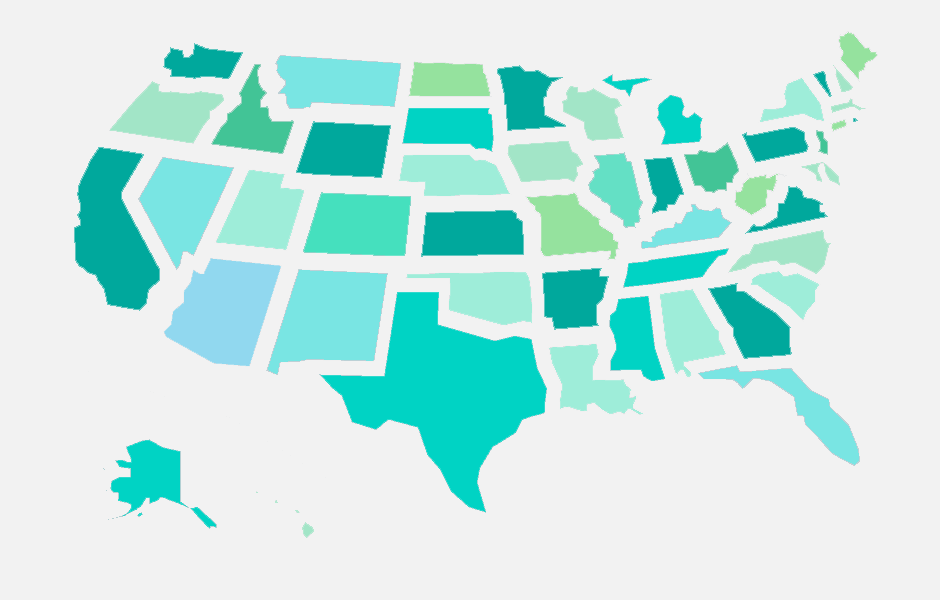Words by Isabel O’Brien
As the threat of US pharmaceutical tariffs looms large, fears about their potential to reshape the industry’s economics and supply chains are reaching fever pitch. While the immediate impact on branded drug prices may be muted, the broader implications for generics, innovation and market stability could be significant.
In the short term, major pharma companies are expected to absorb the bulk of tariff-related costs on branded medicines. This is according to Reuters, who spoke to Melissa Barber, Postdoctoral Researcher, Yale University, who explained: “Patented drugs are already generally set at the price the market will bear, so in that sense manufacturers are not likely to substantially increase the prices of these drugs.” This is largely due to the structure of US drug pricing, where insurers negotiate prices and patients are shielded from direct increases.
However, the situation is more precarious for generic drug manufacturers, who already operate on thin profit margins. Research from the Association for Accessible Medicines Generics found that generics made up over 90% of US prescriptions in 2024, but accounted for just 13% of spending. With most generics produced in India and China, a 25% tariff could raise the cost of Indian generics by 17.5%, according to ING analyst Diederik Stadig. Such hikes could not only trigger widespread drug shortages, but also push these already vulnerable companies to the brink of financial collapse.
To address these sustained cost pressures, life sciences organsiations may need to get creative. “If pharma companies are unable to increase prices to offset costs due to tariffs, that leaves limited short-term options to address the issue,” explains Bill Coyle, Global Head of Biopharma, ZS. “Alternatives might include identifying aspects of the supply chain (e.g., precursors, non-active ingredients, packaging components, etc.) that are multi-sourced and can be sourced from different markets or forward-deploying inventory before tariffs kick-in.” Ultimately though, he admitted: “Most likely, the main short-term action for companies would be to cut other costs.” This highlights the potential long-term impact of tariffs on medical innovation.
While the anticipated tariffs on pharmaceuticals may not immediately raise prices for branded drugs, they could pose significant risks for the generic market, disrupt supply chains and force unwanted cost cutting. The industry should prepare for a time of adjustment, proactively engage with policymakers and be prepared to adapt business models to navigate the new landscape.









